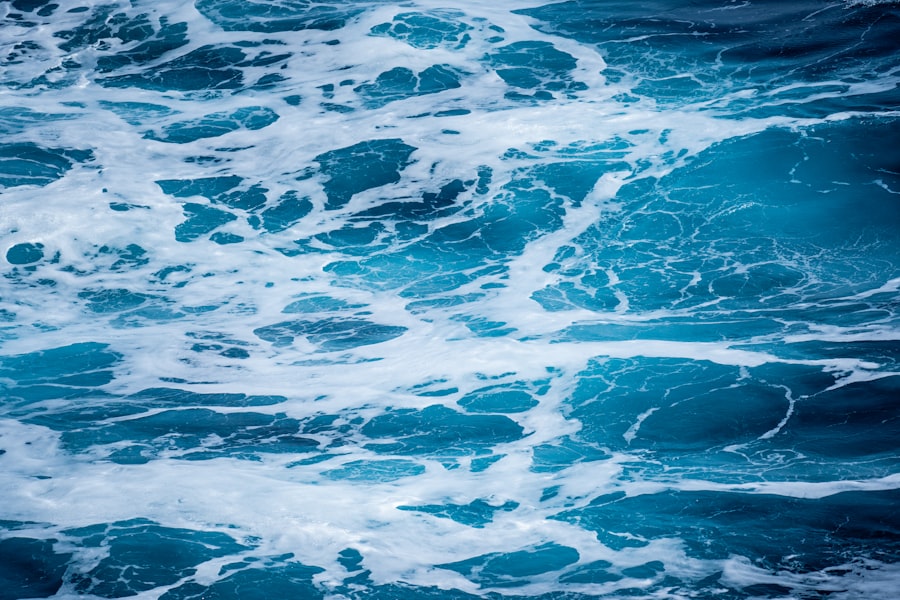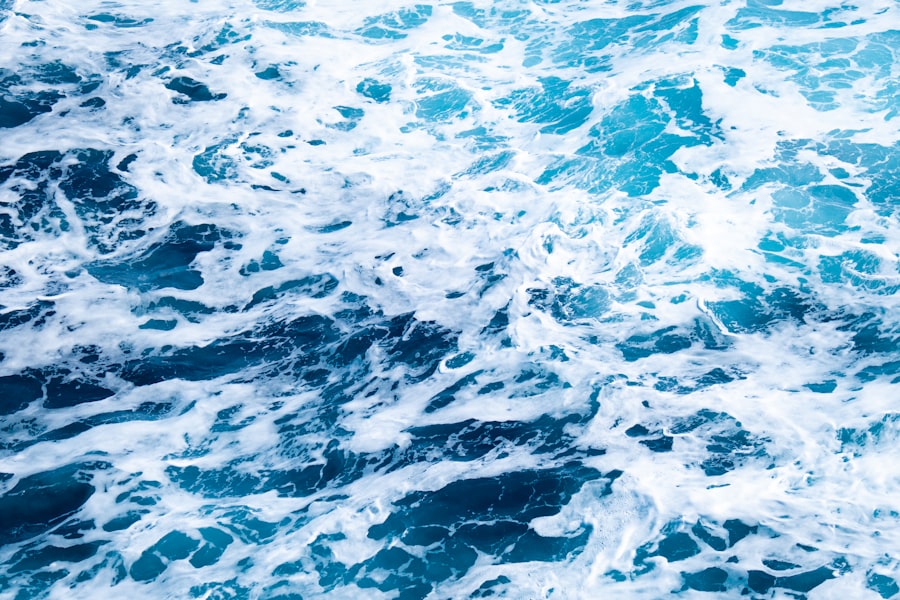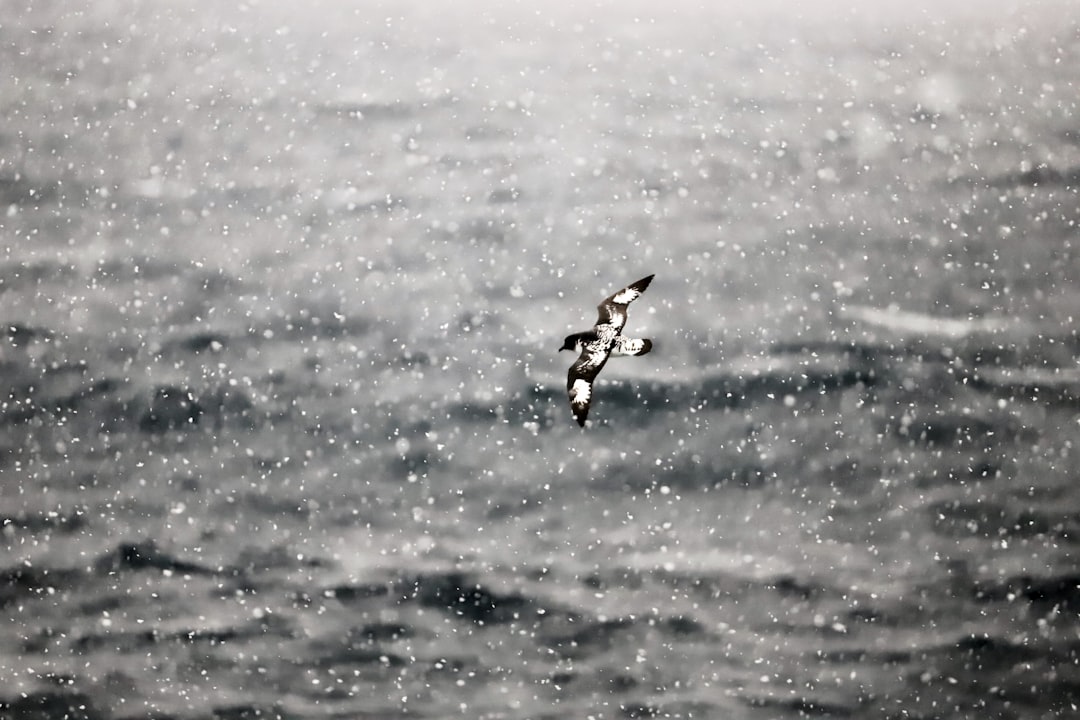The Drake Passage, a body of water that separates South America from Antarctica, has a rich and storied history that dates back centuries. Named after the English explorer Sir Francis Drake, who navigated these treacherous waters in the late 16th century, the passage has long been a focal point for explorers, scientists, and adventurers alike. Drake’s journey was not merely a quest for discovery; it was also a pursuit of wealth and trade routes that would change the course of maritime history.
His navigation through these waters marked one of the first significant European encounters with the southernmost regions of the globe, paving the way for future exploration. In the centuries that followed, the Drake Passage became a critical route for whalers, sealers, and later, scientific expeditions. The passage was often viewed as a gateway to the Antarctic, drawing numerous explorers who sought to chart its waters and understand its unique geography.
The early 20th century saw an increase in scientific interest, as researchers began to study the ocean currents and marine life that thrived in this challenging environment. The historical significance of the Drake Passage is not just in its exploration but also in its role as a natural barrier and connector between two vast continents, shaping both human history and ecological dynamics.
Key Takeaways
- Drake Passage is named after the English explorer Sir Francis Drake, who is believed to be the first European to pass through the area in 1578.
- The Drake Passage is a narrow body of water between South America’s Cape Horn and the South Shetland Islands of Antarctica, making it a crucial route for global maritime trade and exploration.
- The passage is home to a diverse range of wildlife, including penguins, seals, and whales, making it a popular destination for wildlife enthusiasts and researchers.
- The strong westerly winds and powerful currents of the Drake Passage play a significant role in global climate patterns, particularly in regulating the Earth’s ocean circulation.
- Navigating the Drake Passage presents numerous challenges due to its unpredictable weather, rough seas, and icebergs, making it one of the most treacherous sea routes in the world.
The Geographical Significance of Drake Passage
Geographically, the Drake Passage is a remarkable feature of the Earth’s surface. Stretching approximately 800 kilometers (500 miles) between Cape Horn at the southern tip of South America and Antarctica, it serves as a crucial link between the Atlantic and Pacific Oceans. This narrow stretch of water is not only significant for its location but also for its depth and the unique oceanic currents that flow through it.
The passage is characterized by some of the most turbulent waters on the planet, with strong winds and powerful currents that can create challenging conditions for navigation. The geographical significance of the Drake Passage extends beyond its immediate surroundings. It plays a vital role in global ocean circulation patterns, influencing climate and weather systems far beyond its borders.
Additionally, the passage acts as a natural barrier to marine species, contributing to the distinct biodiversity found in both the Southern Ocean and the waters surrounding South America. This unique geographical positioning makes the Drake Passage an area of immense interest for scientists studying oceanography and climate change.
The Wildlife of Drake Passage

The wildlife inhabiting the Drake Passage is as diverse as it is fascinating. The cold, nutrient-rich waters provide an ideal habitat for a variety of marine species, including krill, which forms the foundation of the food web in this region. These tiny crustaceans attract an array of larger animals, such as seals, whales, and seabirds.
Among the most notable inhabitants are the majestic humpback whales and orcas, which can often be seen breaching the surface in search of food. The passage is also home to several species of penguins, including the iconic Emperor and Gentoo penguins, which thrive in the frigid conditions. Birdlife in the Drake Passage is equally impressive, with numerous seabird species making their home in this region.
Albatrosses, petrels, and skuas are commonly spotted soaring above the waves, taking advantage of the strong winds that sweep through the area. The presence of such diverse wildlife not only highlights the ecological importance of the Drake Passage but also underscores its role as a critical breeding ground for many species. Conservation efforts are essential to protect these unique ecosystems from threats such as climate change and overfishing, ensuring that future generations can continue to marvel at the rich biodiversity found within this remarkable marine environment.
The Role of Drake Passage in Global Climate
| Metrics | Data |
|---|---|
| Width of Drake Passage | 800 kilometers |
| Depth of Drake Passage | 4,000 meters |
| Volume of Antarctic Circumpolar Current | 125 million cubic meters per second |
| Effect on global climate | Facilitates the exchange of water, heat, and carbon dioxide between the Pacific, Atlantic, and Indian Oceans |
| Impact on marine life | Creates a barrier for the movement of marine species, influencing biodiversity |
The Drake Passage plays a pivotal role in regulating global climate patterns due to its influence on ocean currents and heat distribution. The interaction between cold Antarctic waters and warmer currents from the north creates a complex system that affects weather patterns across the globe. This area is crucial for thermohaline circulation, often referred to as the “global conveyor belt,” which helps distribute heat and nutrients throughout the world’s oceans.
Changes in this circulation can have far-reaching consequences for climate systems, impacting everything from sea levels to weather extremes. Moreover, the Drake Passage acts as a barrier that influences atmospheric conditions over both landmasses it separates. The winds that sweep through this region can affect weather patterns in South America and beyond, contributing to phenomena such as El Niño and La Niña.
As climate change continues to alter ocean temperatures and currents, understanding the dynamics of the Drake Passage becomes increasingly important for predicting future climate scenarios. Scientists are closely monitoring these changes to assess their potential impacts on global weather patterns and marine ecosystems.
The Challenges of Navigating Drake Passage
Navigating the Drake Passage presents significant challenges due to its notorious weather conditions and unpredictable seas. Sailors have long regarded this stretch of water as one of the most treacherous maritime routes in the world. The convergence of powerful ocean currents and strong winds can create massive waves that pose risks to even well-equipped vessels.
Many ships have encountered difficulties while traversing these waters, leading to a reputation for danger that has persisted throughout history. Despite these challenges, modern technology has improved navigation safety in the Drake Passage. Advanced weather forecasting systems and navigational tools allow mariners to better anticipate conditions and plan their routes accordingly.
However, even with these advancements, navigating this passage requires skill and experience. Mariners must remain vigilant and prepared for sudden changes in weather or sea conditions that can arise without warning. The combination of natural beauty and perilous waters makes traversing the Drake Passage an adventure that few forget.
The Scientific Research Conducted in Drake Passage

The scientific community has long recognized the importance of the Drake Passage as a site for research and exploration. Numerous studies have been conducted to better understand its unique marine ecosystems, oceanographic processes, and climate dynamics. Researchers have focused on various aspects of this region, including its biodiversity, nutrient cycling, and the impact of climate change on marine life.
The passage serves as a natural laboratory where scientists can observe firsthand how environmental changes affect both local ecosystems and global systems. In addition to biological studies, oceanographic research in the Drake Passage has provided valuable insights into ocean currents and their role in global climate regulation. Scientists utilize advanced technologies such as buoys, underwater drones, and satellite imagery to collect data on temperature, salinity, and current patterns.
This research is crucial for understanding how changes in this region may influence broader climatic trends and marine biodiversity worldwide. As climate change continues to pose challenges for marine environments, ongoing research in the Drake Passage will be essential for developing effective conservation strategies.
The Beauty of the Landscape in Drake Passage
The landscape surrounding the Drake Passage is nothing short of breathtaking. Towering icebergs drift majestically through its waters, while rugged coastlines punctuate the horizon with dramatic cliffs and glacial formations. The stark contrast between the deep blue sea and white ice creates a visual spectacle that captivates all who venture into this remote region.
Photographers and nature enthusiasts alike are drawn to its pristine beauty, capturing images that showcase both its grandeur and fragility. The ever-changing weather patterns add another layer of allure to this landscape. From clear skies illuminated by brilliant sunlight to stormy seas shrouded in mist, each moment offers a new perspective on this wild environment.
The interplay between light and shadow creates stunning vistas that reflect nature’s raw power and beauty. For those fortunate enough to experience it firsthand, the landscape of the Drake Passage serves as a reminder of Earth’s untamed wilderness and the importance of preserving such extraordinary places.
The Importance of Drake Passage for Exploration and Trade
Historically, the Drake Passage has served as a vital route for exploration and trade between continents. Its strategic location has made it an essential passageway for ships traveling between Europe and Asia via Cape Horn since colonial times. While modern shipping routes have evolved with advancements in technology, the passage remains significant for certain types of maritime traffic, particularly those involving research vessels or expedition cruises heading toward Antarctica.
In addition to its role in trade, the Drake Passage has been instrumental in fostering exploration efforts aimed at understanding our planet’s most remote regions. Expeditions seeking to study Antarctica’s unique ecosystems or investigate geological formations often rely on this passage as their gateway to adventure. As interest in polar exploration continues to grow—driven by scientific curiosity and tourism—the importance of maintaining safe navigation through these waters cannot be overstated.
The Influence of Sir Francis Drake on the Naming of Drake Passage
Sir Francis Drake’s legacy looms large over this body of water that bears his name. As one of history’s most renowned explorers, his voyages during the late 16th century helped shape European understanding of global geography.
Drake’s connection to this passage extends beyond mere nomenclature; his explorations laid foundational knowledge about maritime routes that would influence future generations of sailors and explorers alike. By naming it after him, subsequent explorers acknowledged his contributions while also recognizing how pivotal these waters were in connecting distant lands across vast oceans—a testament to both human ambition and curiosity.
The Unique Weather Patterns in Drake Passage
The weather patterns experienced within the confines of the Drake Passage are characterized by their volatility and unpredictability. This region is notorious for rapid changes in atmospheric conditions due to its geographical location at high latitudes where cold polar air meets warmer air masses from lower latitudes. As a result, storms can develop quickly, creating challenging conditions for vessels navigating through these waters.
The unique weather patterns also contribute significantly to local ecosystems by influencing ocean currents and nutrient distribution within marine habitats. For instance, upwelling events driven by wind patterns can bring nutrient-rich waters from deeper layers to the surface—supporting diverse marine life forms that thrive in this nutrient-rich environment. Understanding these complex interactions between weather systems and ocean dynamics is crucial for predicting how climate change may further alter conditions within this vital passage.
The Future of Exploration and Conservation in Drake Passage
Looking ahead, both exploration and conservation efforts within the Drake Passage will be paramount as humanity grapples with pressing environmental challenges such as climate change and biodiversity loss. As interest grows among researchers seeking to study this unique ecosystem further—whether through scientific expeditions or ecotourism initiatives—there is an increasing need for sustainable practices that prioritize environmental protection alongside exploration. Conservation organizations are working diligently to raise awareness about preserving fragile ecosystems found within this region while advocating for responsible tourism practices that minimize human impact on wildlife habitats.
Collaborative efforts among governments, scientists, conservationists, and local communities will be essential in ensuring that future generations can continue to explore—and appreciate—the wonders offered by one of Earth’s most remarkable maritime passages: The Drake Passage itself.
The Drake Passage, a significant body of water connecting the Atlantic and Pacific Oceans between the southern tip of South America and Antarctica, is named after the English explorer Sir Francis Drake. This treacherous stretch of sea is renowned for its challenging weather conditions and turbulent waters. For those interested in learning more about the history and significance of the Drake Passage, an insightful article can be found on MyGeoQuest. This article delves into the exploration and naming of the passage, providing a comprehensive overview of its historical context. You can read more about it by visiting this link.
WATCH NOW! Drake Passage: Earth’s Deadliest Waters Revealed
FAQs
What is Drake Passage?
Drake Passage is the body of water between the southern tip of South America and the northern tip of the Antarctic Peninsula. It connects the Atlantic and Pacific Oceans.
Who is Drake Passage named after?
Drake Passage is named after Sir Francis Drake, the English explorer and sea captain who is known for circumnavigating the globe in the late 16th century.
Why was Drake Passage named after Sir Francis Drake?
The passage was named after Sir Francis Drake to honor his exploration and navigation of the area during his circumnavigation of the globe.
When was Drake Passage named?
The passage was named after Sir Francis Drake in the 17th century, after his historic voyage around the world.
